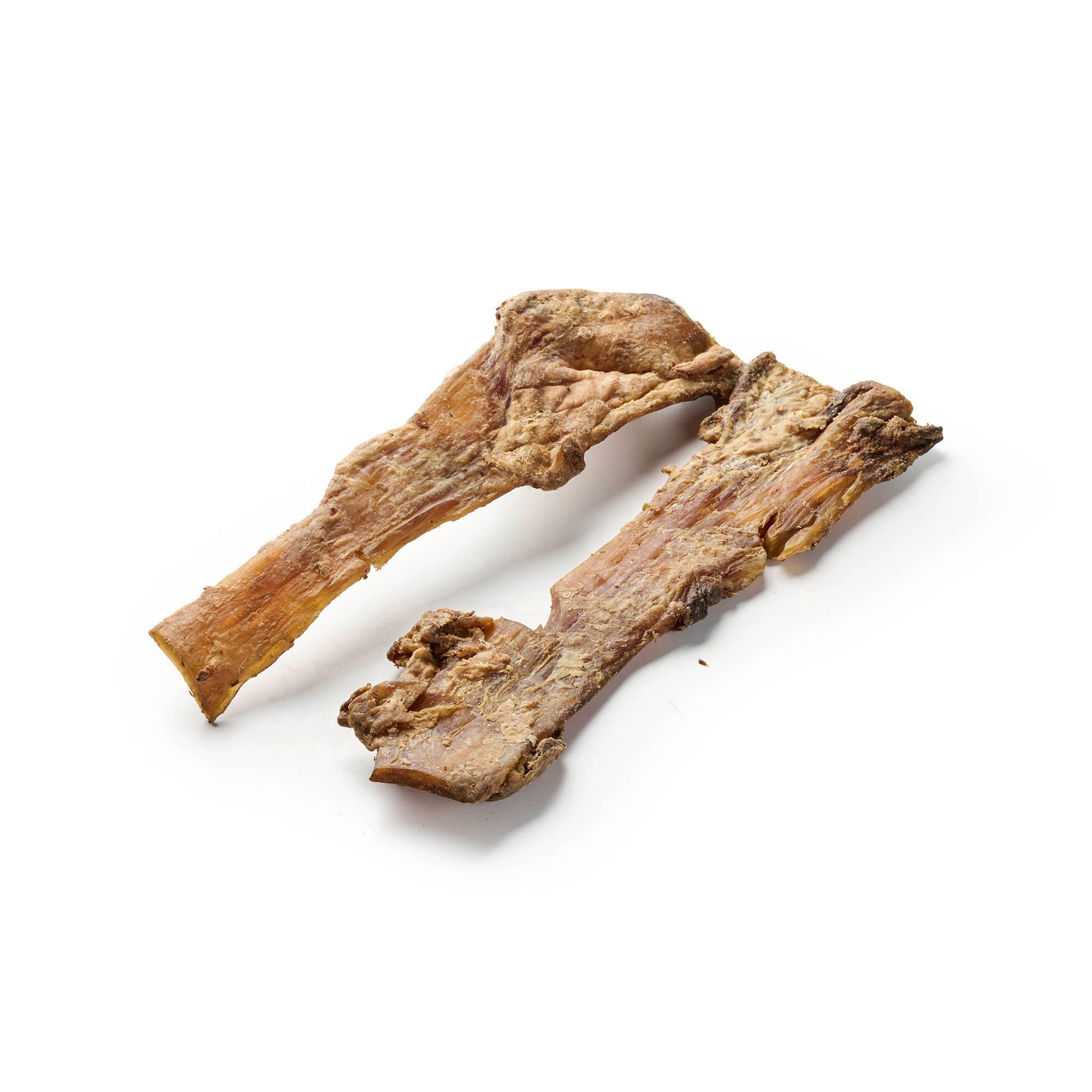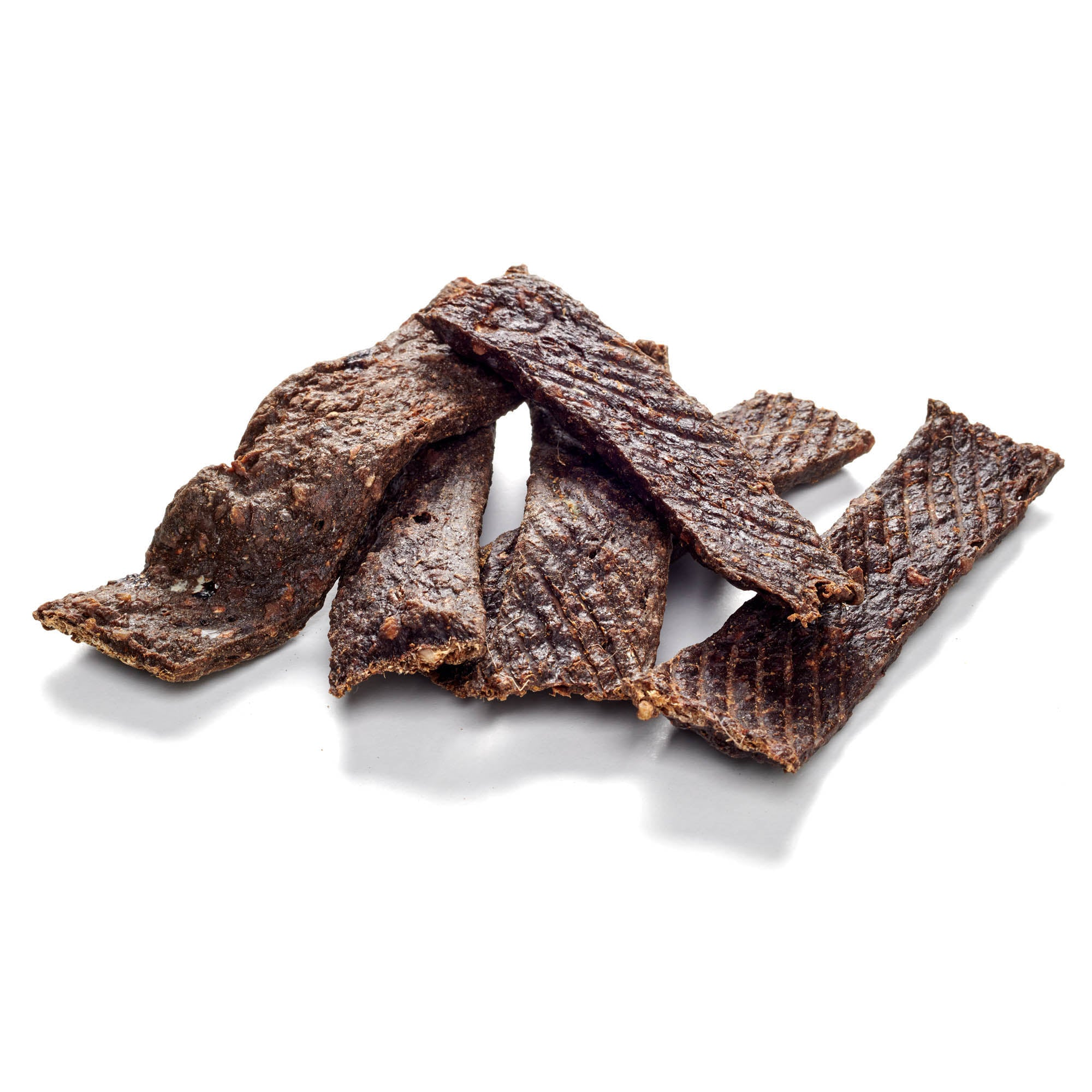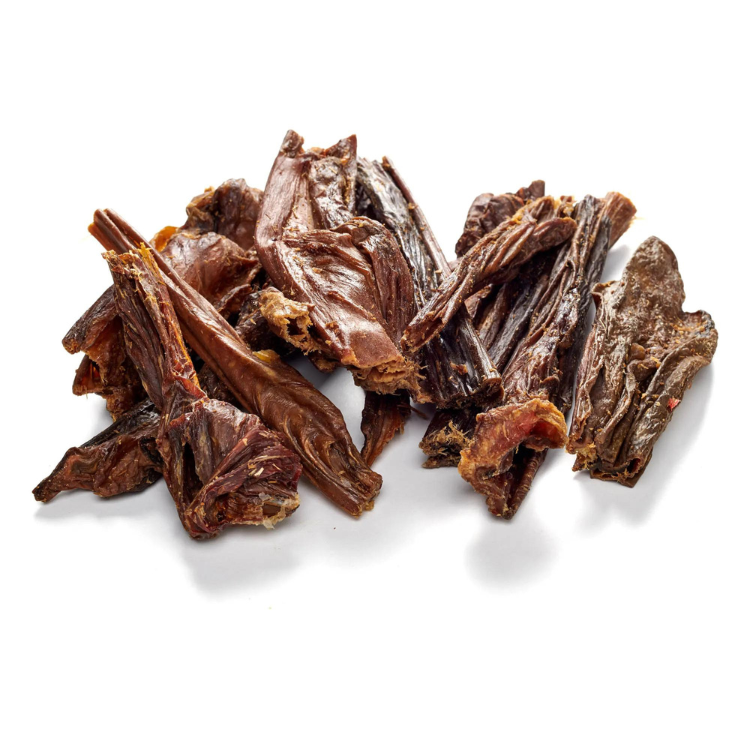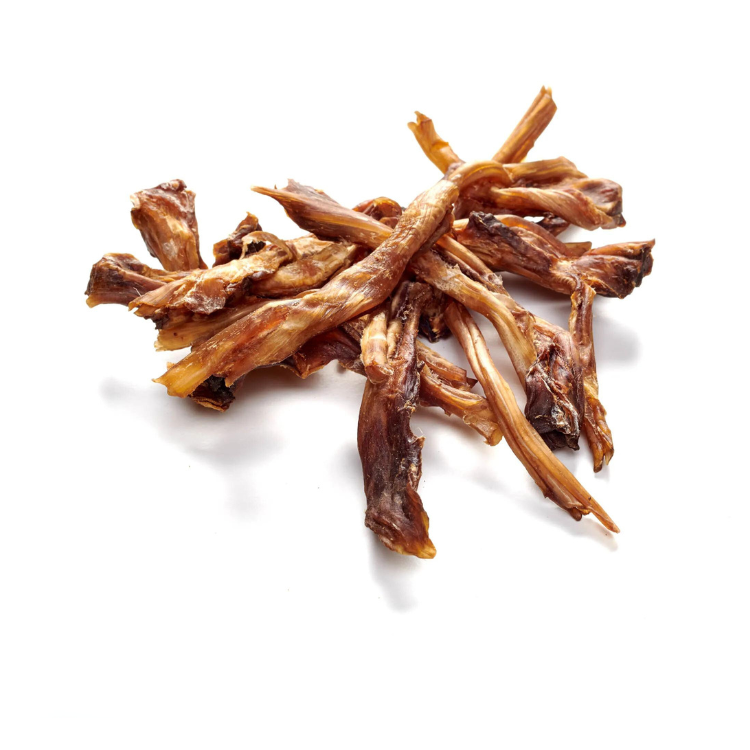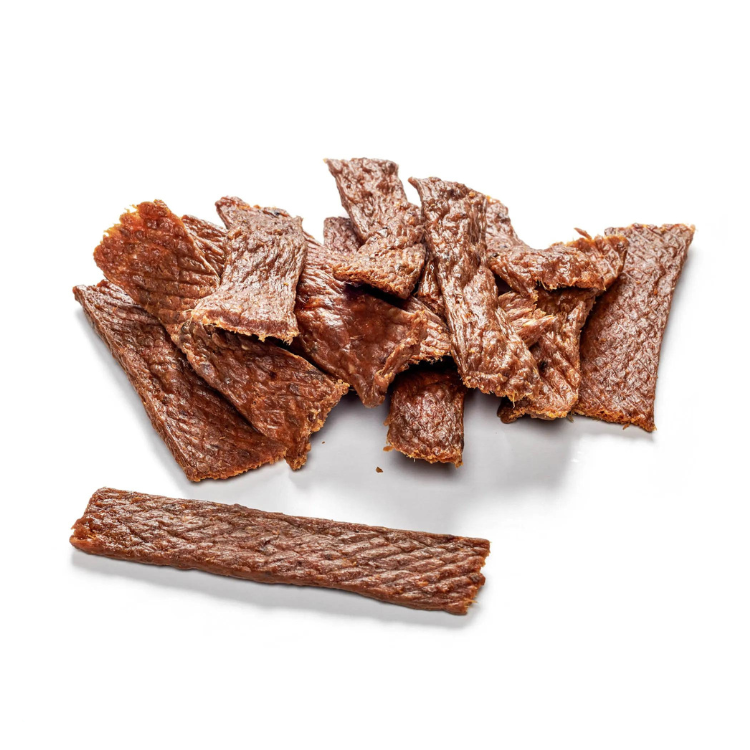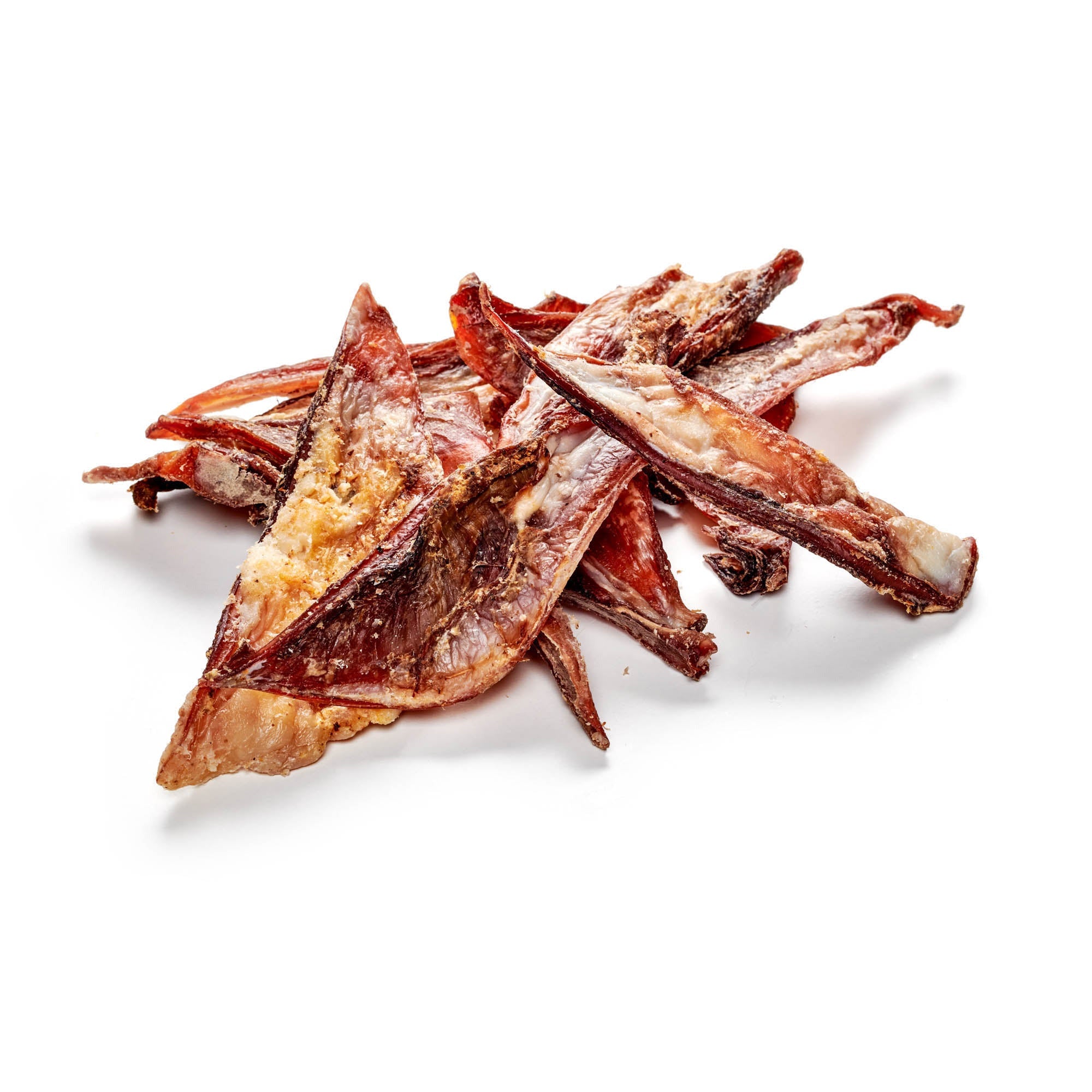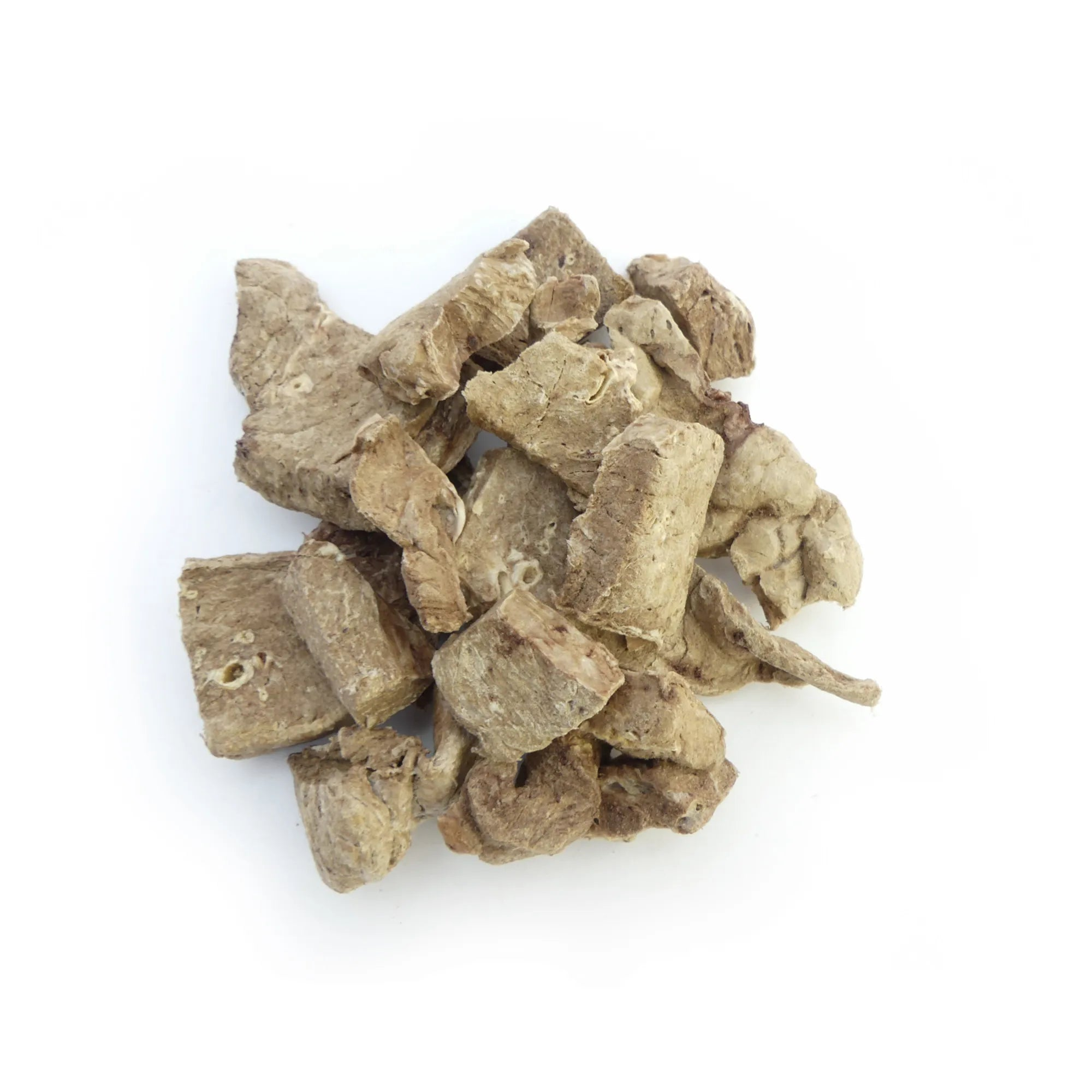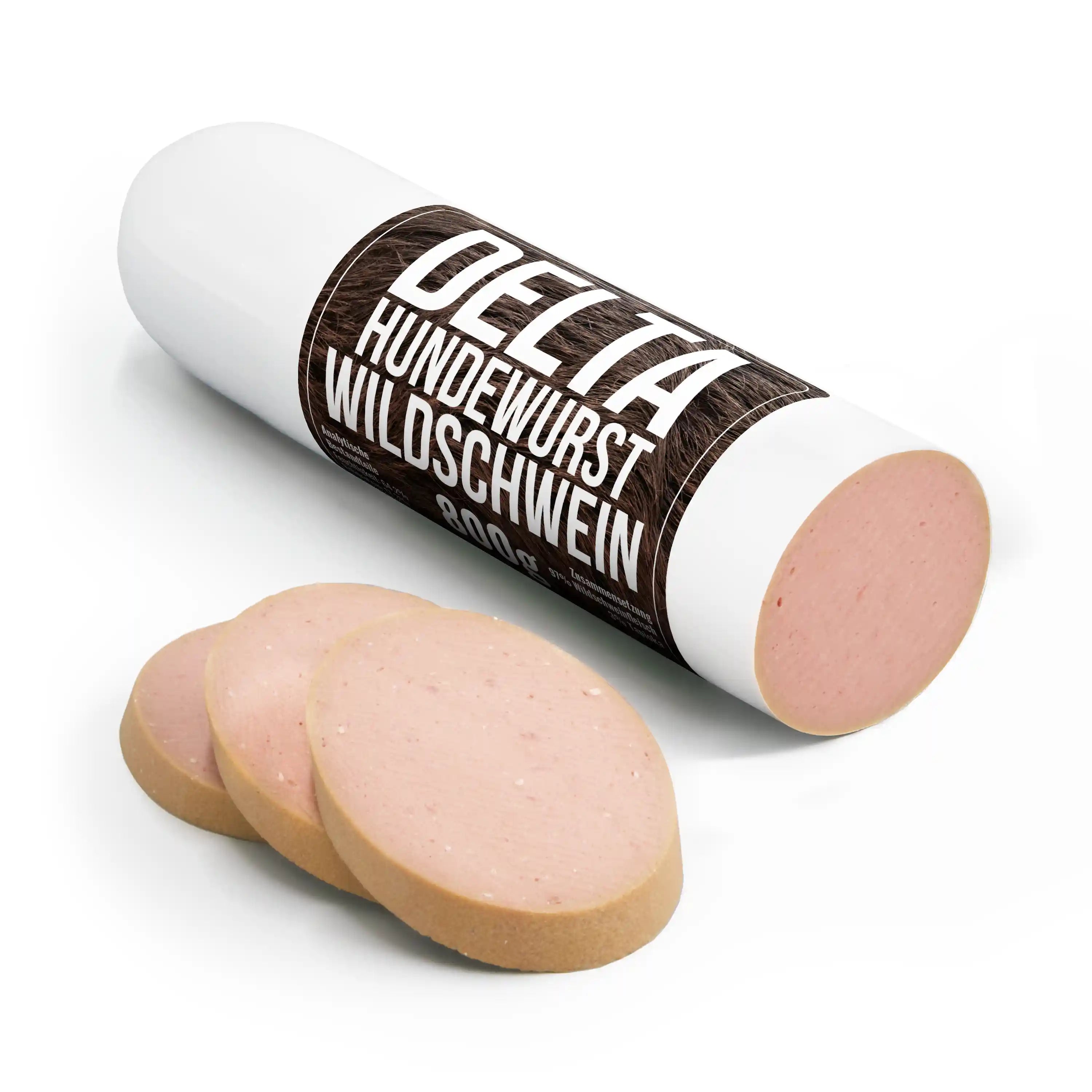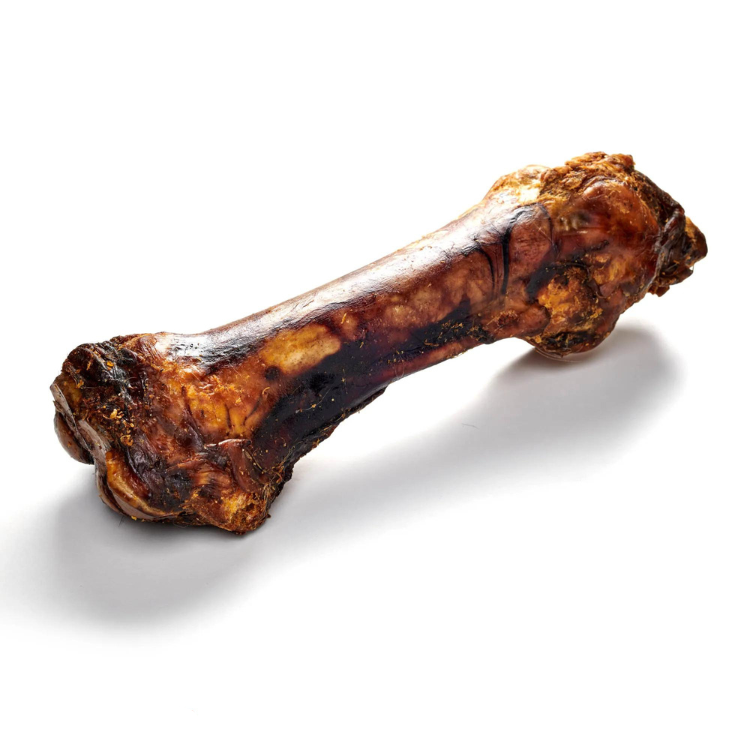
German Pinscher
Share
It's hard to believe, but the German Pinscher is still on the list of endangered livestock breeds. Despite this, they are great dogs that really know how to impress with their abilities.
The German Pinscher was originally a dog that not only guarded the farm, but also kept it free of mice and rats, or traveled through the country as a so-called carriage dog alongside its owners and protected them. Its tasks were demanding and varied, but it knew how to convince people. It is all the more astonishing that its breed was on the verge of extinction.
Content: German Pinscher
Delicious chews for your faithful companion now available!
German Pinscher - Profile
- Character: Intelligent, Confident, Alert
- Size: Medium
- Height: 45-50 cm
- Weight: 15-20 kg
- Life expectancy: 12-16 years
- Coat type: Short hair
- Colour: Black-tan, red-brown
- FCI Group: Pinscher – Schnautzer – Molosser – Swiss Mountain Dogs
German Pinscher - Special Characteristics
As the name suggests, the German Pinscher belongs to the Pinscher group. This also includes prominent dog breeds such as the Doberman . It looks surprisingly similar to the latter - at least when it has black fur. With a maximum height of 50 cm at the withers and a weight of 20 kg, it is considerably smaller than the Doberman, but its stature is also muscular and athletic. The coat is short and has no undercoat. The German Pinscher comes in two colours: a solid reddish brown and a bicoloured black with tan markings on the chest, stomach and legs. Dogs with black fur make up the vast majority (80%). Its snout is pointed and its head is small and compact. Its ears hang down in a V shape. Unfortunately, these dogs often have their ears and tail docked. It was even standard practice until the end of the 1990s. Today the practice is forbidden in Germany, but in neighboring countries this is unfortunately not always the case. Info: Ear or tail docking may be medically necessary in individual cases, but more on that later.
In terms of character, the German Pinscher is a very loyal dog that loves and defends its owners. Its temperament is remarkable, as is its stamina. The little hunter definitely has a hunting instinct that must be compensated for without hunting. It therefore needs a lot of exercise, which can also be given to it through play, as it loves to dash around and is perfect for dog sports such as agility. In general, it is a sporty four-legged friend and is also often used as a riding companion. Or as a guard dog, because that is what it is best at. With the right training, it will not become a barker and will still reliably and incorruptibly warn of strangers.
They are initially critical of them, but he loves his own family. This usually also applies to children, with whom he can play excellently.
German Pinschers learn quickly and happily, but since they are also very intelligent and can sometimes be a bit stubborn, they need consistent and sometimes strict training, otherwise they will soon be dancing around on your nose. If the training is successful, the German Pinscher is a great partner for dog sport competitions such as the aforementioned agility, but also dog dancing or trick dog.
German Pinscher - What should be considered regarding nutrition?
The German Pinscher is a powerhouse and has a relatively high calorie requirement. It also does not tend to be overweight. However, German Pinschers often suffer from what is known as ear edge necrosis. Put simply, the edges of the ears dry out and can tear or burst. Even if the reasons for this are not entirely clear, a lack of iron and zinc seems to promote ear edge necrosis. Therefore, it should be prevented with the right dog food from puppyhood. It is best to seek individual advice from your vet. In the worst case, the ears will have to be docked afterwards. One of the few exceptions in which this makes sense.
Basically, a dog's diet should be high quality and contain a high proportion of high-quality meat . The four-legged friend's level of activity and life phases must also be taken into account, but manufacturers usually provide good information on the amount of food.
Reward your dog with our high-quality chew products!
German Pinscher - Health and Care
The short, smooth coat of the German Pinscher is not particularly difficult to care for. Brushing it now and again is enough. This breed of dog also does not shed a lot of hair, which is always an advantage. The ear edges mentioned above require a lot more care. In order to prevent ear edge necrosis, propolis ointment can be used in addition to the right dog food . This is used to cream the ears, which keeps them soft and supple. The ears must be prevented from tearing because they are too dry. If it is already too late, many vets are overwhelmed. Success has been achieved with so-called hydrocolloid dressings from human medicine. These are plasters that are stuck directly onto the wound and help it heal. As already mentioned, the last step is to subsequently crop the ears.
In addition to the ears, the rest of the hygiene should of course not be forgotten. Talk to your vet about possible vaccinations or remedies for ticks or mites. The paws must also always be clean and will benefit from healing paw balm, especially in winter when there is road salt on the streets. But physical care should not be the only thing on the agenda, mental stimulation should also be important to you. In addition to plenty of exercise, intelligence games for dogs are also a good option. And of course lots of love and affection.
Origin & History
To this day, the exact origin of the German Pinscher is not clear. It is not even certain whether it descended from English terriers or whether it is the other way around. Another theory says that it comes from Württemberg in southern Germany. What is clear, however, is that this breed of dog has not changed for many hundreds of years. The German Pinscher was first mentioned in writing in the German Dog Stud Book in 1880. At that time, it was a house and farm dog, as it says in the book. A classic guard dog that also had the ability to hunt rats and mice. It was not uncommon for the dogs to feed exclusively on their prey, which made the dogs cheap to keep and explains the independence of this breed of dog.
While the relatives of the German Pinscher in the form of the wire-haired Schnauzer and Miniature Pinscher became increasingly popular at the beginning of the 20th century, the German Pinscher gradually lost its popularity. This was also due to industrialization, because many farms in their former form disappeared and with them the German Pinscher breed of dog. In the 1950s there were hardly any animals left, but a dedicated breeder named Werner Jung celebrated his first successes in breeding German Pinschers in 1958. But even though the dogs have been bred again since then, the breed ended up on the list of livestock breeds threatened with extinction in 2003, where it still remains. Although the situation is improving, with around 50 litters and almost 370 puppies in 2017 (in Germany), they are still one of the rarer dog breeds.
German Pinscher - The right accessories
The basic equipment for dog owners is of course one or two dog leashes, a collar or harness, a drinking and feeding bowl, a dog bed and, most importantly, dog toys to keep the dog from getting bored. In addition, there are the necessary care products such as dog shampoo or tick tweezers and a brush.
In addition, it depends a lot on the dog owner. If you travel a lot, whether by car or plane, you need a dog transport box for your four-legged friend. If you are travelling by train, a muzzle should be on the list.
Conclusion
The German Pinscher is not only a spirited and loving dog, but also has great characteristics that make him a loyal companion for the whole family - and even a potential service dog. But in addition to these good characteristics, the German Pinscher also has a lot of predispositions to serious hereditary diseases. This makes it all the more important to look for a reputable breeder when buying a dog. A good place to start is the relevant breeding clubs, who will be happy to advise you and also put you in touch with breeders.
In order for the German Pinscher to stay healthy, sufficient exercise is absolutely necessary and everyone who decides to get such a powerhouse dog should be aware of this. But the decision can be worthwhile because despite a lot of drooling and possible illnesses, the German Pinscher is a lovable and loyal friend to humans.
Spoil your dog with high-quality chewing products from our range!

